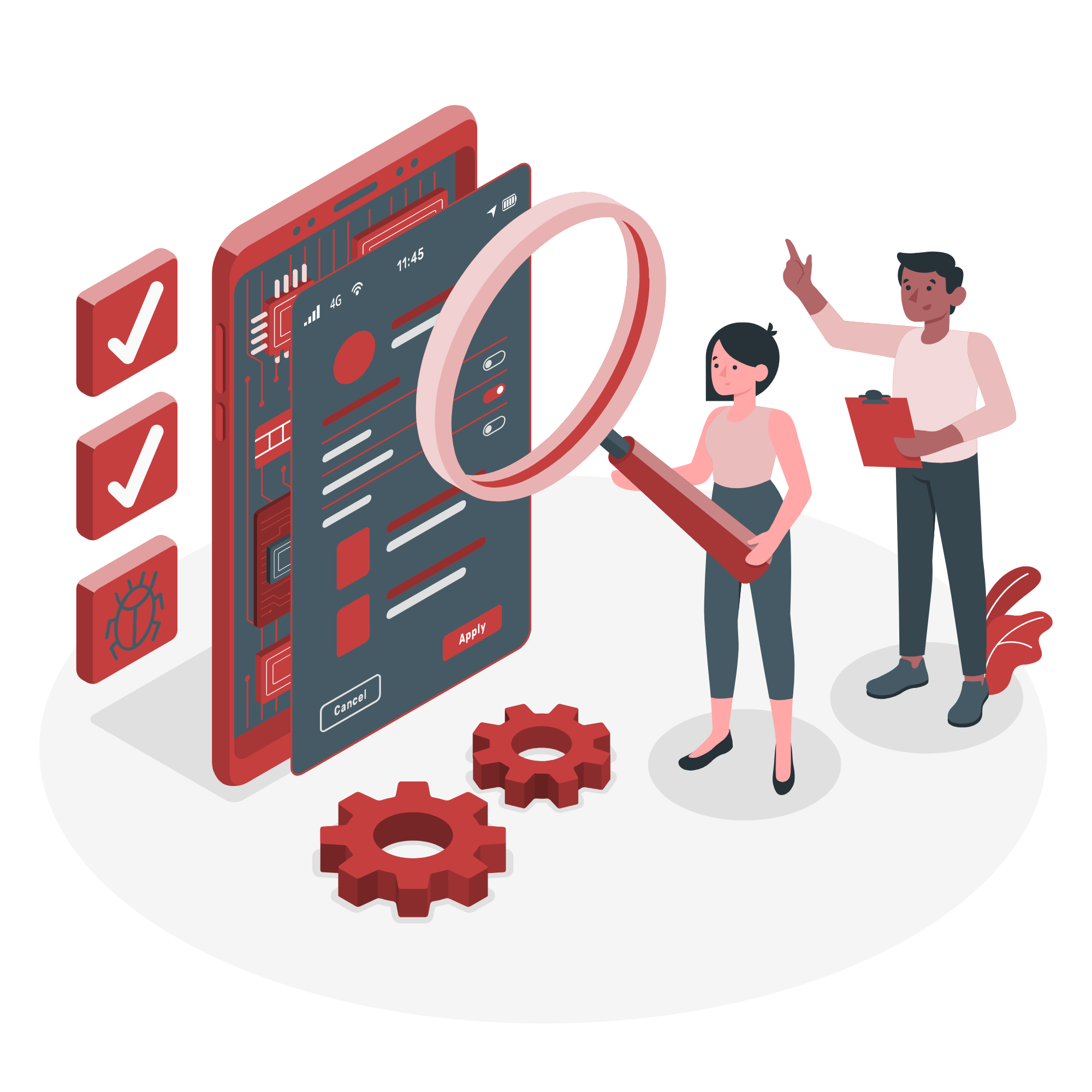

At Exarth, we follow a structured and agile-driven approach to deliver high-quality software solutions tailored to your business needs. Our streamlined process ensures transparency, efficiency, and optimal results. Below is our Software Development Life Cycle (SDLC), ensuring a systematic approach to software development.


During this initial phase, we engage with stakeholders to gather detailed requirements, business objectives, and expectations. A feasibility study is conducted to assess technical, operational, and financial viability. This stage includes:


This phase transforms the requirements into a well-structured system architecture. Our design approach includes:
Our expert developers bring the design to life using industry best practices and agile methodologies. This phase includes:


Quality assurance is a critical phase to ensure the software is bug-free, secure, and performs optimally. Our testing includes:
Once testing is complete, the software is prepared for launch in a live environment. This stage covers:


Software requires continuous improvement to stay effective and secure. Our post-launch services include:
During our meeting, we will cover the following key points to ensure a smooth project collaboration: